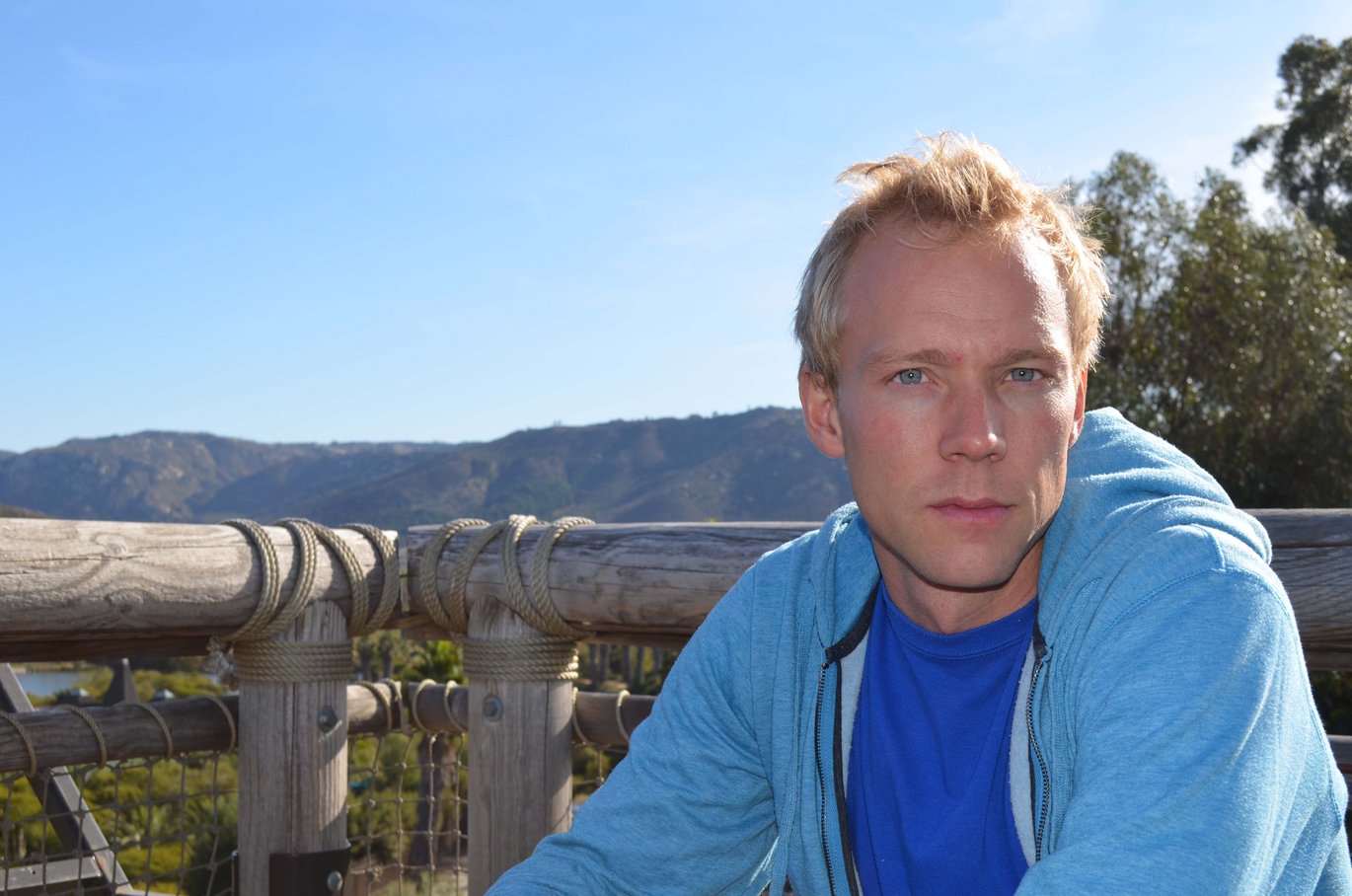Young Elite Researcher Prize awarded to influenza vaccine researcher
The Danish Council for Independent Research has awarded a Young Elite Researcher Prize to Postdoctoral Scholar Nick Stub Laursen to develop a universal influenza vaccine, so that it will no longer be necessary to be vaccinated with a new vaccine every year.

Nick Stub Laursen is a postdoctoral scholar at Aarhus University, and he is one of forty-five young scientists to be selected as a Young Elite Researcher by the Danish Council for Independent Research (DFF). His scholarship amounts to DKK 2.1 million (approximately EUR 280,000) and is granted as part of the DFF’s Sapere Aude (Dare to know) research career programme.
Dr Laursen’s postdoctoral studies are concerned with immune defence research with a focus on developing a universal influenza vaccine.
Influenza is caused by a viral infection that results in 300,000–500,000 deaths per year throughout the world. There are different types of influenza viruses, and each type has a different variant of the HA protein on its surface. Vaccination is the best way of preventing an influenza infection, using a vaccine with HA from the type of virus that experts consider will circulate in the coming season.
When people are vaccinated, their immune system forms so-called antibodies that can bind to HA, which results in the virus being neutralised by the immune system. Unfortunately, the influenza virus is capable of constantly changing itself, and it is therefore found in a new form every year. This means that the antibodies formed after vaccination are most often not able to recognise the new forms of HA, and the immune system is therefore unable to neutralise the new virus. This is why vaccination with a new vaccine is required each year.
It has been shown that a few people form a group of antibodies that can bind to many different types of HA and thereby neutralise several types of influenza. The specific point at which they bind is not yet known, however. By determining the atomic structure of different types of HA bound to such antibodies, it will be possible to see precisely where and how antibodies bind to HA.
This information could subsequently be used to improve the current types of vaccines, with a view to developing a universal influenza vaccine.
Nick Stub Laursen defended his PhD dissertation at the department in March 2011, supervised by Associate Professor Gregers Rom Andersen. He was subsequently awarded a postdoctoral scholarship by the Danish Council for Independent Research | Natural Sciences (FNU) to carry our research at the Department of Molecular Biology and Genetics. In August, he began a two-year study period at the Scripps Research Institute in San Diego, California, USA.
More information
Postdoctoral Scholar Nick Stub Laursen
Department of Molecular Biology and Genetics, Aarhus University, Denmark
Currently at the Scripps Research Institute, San Diego, California, USA
nsl@mb.au.dk
Text: Lisbeth Heilesen
Translation: Robert Hay
